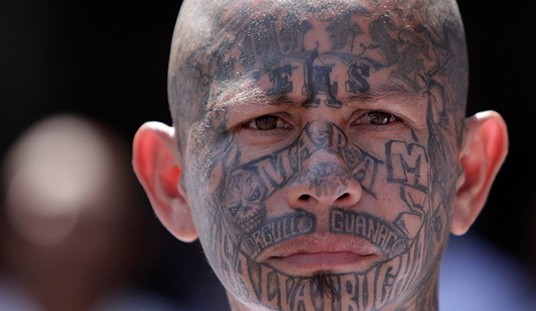The headline on Friday sounded curious enough in a media environment where health-care provider profit usually only gets scorn. “Hospitals knew how to make money,” read the banner above the New York Times’ analysis of the COVID-19 impact on the sector, “then coronavirus happened.” Sarah Kliff reports that the decision to close down elective and non-virus-related care to preserve capacity now threatens to force some of that capacity to close its doors to bankruptcy.
Oddly enough, the NYT fails to mention that the model described in its analysis has been under siege for years, especially in this election cycle:
The American health care system for years has provided many hospitals with a clear playbook for turning a profit: Provide surgeries, scans and other well-reimbursed services to privately insured patients, whose plans pay higher prices than public programs like Medicare and Medicaid.
The Covid-19 outbreak has shown the vulnerabilities of this business model, with procedures canceled, tests postponed and millions of newly unemployed Americans expected to lose the health coverage they received at work.
“Health care has always been viewed as recession-proof, but it’s not pandemic-proof,” said Dr. David Blumenthal, president of the Commonwealth Fund, a health research organization. “The level of economic impact, plus the fear of coronavirus, will have a more dramatic impact than any event we’ve seen in the health care system weather in my lifetime.”
The disruption to hospital operations may ultimately leave Americans with less access to medical care, according to financial analysts, health economists and policy experts. Struggling hospitals may close or shut down unprofitable departments. Some may decide to merge with nearby competitors or sell to larger hospital chains. “There is a huge threat to our capability to provide basic services,” Dr. Blumenthal said.
Well, my my my, to quote one of my favorite reality-TV stars. Defenders of the private-insurance free-market system (quasi-free, anyway) have made this point ever since the ObamaCare debate nearly tipped over into a single-payer system with its “public option.” Government reimbursement to Medicare/Medicaid providers does not actually cover the costs for their care, so the rest of us subsidize it with premiums and co-pays along with the taxes that support those programs. Providers keep pushing for more reimbursement, but the politicians that run these systems can’t afford to admit that they are far more costly than they have promised, so they instead rely on insurer cash and by rationing care. The only way that Medicare and Medicaid work is with a generous influx of private-sector dollars to hospitals and clinics — as we clearly see in this crisis.
This very point came up again and again when states attempted to create their own single-payer systems. Vermont and Colorado both finally rejected those ideas when the cost projections turned out to be far higher than taxpayers had been led to believe. In Colorado’s case, an independent analysis prepared by the state showed the system would run in the red right from the start, and the deficits would grow every year. The only option would be to either impose ruinous taxes, concluded the Colorado Health Institute, or to sharply restrict access to care.
California’s state senate, on the other hand, passed their version of single payer, but made it contingent on federal subsidies. Even by their estimate, it would cost the state $400 billion a year, which is twice their current annual budget — and then some. The state senate never even bothered to draft a plan to pay for the state’s contribution, let alone cover the federal subsidies that would never arrive.
Oddly, though, this NYT analysis never mentions the words “single payer” or “Medicare for All.” That’s a rather surprising lacuna, given the way both have been sold by progressives over the last several years and especially in this election cycle. Single-payer and Medicare for All are “justice” issues to the Left, a way to force equity in health-care access and outcomes. But what happens to providers and access when private-sector income gets eliminated? This:
The decline affects large, elite hospital systems like Mayo Clinic and Johns Hopkins — which estimates a loss of nearly $300 million into next year and has adopted cost reductions — as well as suburban hospitals and small rural facilities that were already financially stressed.
Lifespan Health, a five-hospital system in Rhode Island, has put off planned construction of a new spine health center. In rural Wyoming, the 12-bed Weston County Health Services hospital has only enough cash available to get through 16 days, half of what it typically kept, and executives are considering closing the emergency room.
In this case we got the rationing ahead of the deficit, but all that has done is more dramatically make the case for private-sector insurance. The US health care system can’t survive in its current robust form without it, not even with the helicopter money we’re raining on hospitals through the COVID-19 relief bills at the moment. Like all rationed goods and services, access doesn’t expand because providers won’t enter the market, and so those resources become more scarce. And we already know this thanks to the federal government’s existing single-payer systems, the VA and the Indian Health Service, both of which are chronically underfunded and overwhelmed by demand, which results in rationing that regularly turns into scandals.
The lesson here is clear — to keep care and access up, we need more private-sector involvement, not less. Why didn’t this come up in the NYT’s roughly 2000-word essay? One can easily guess the answer to that question, no?








